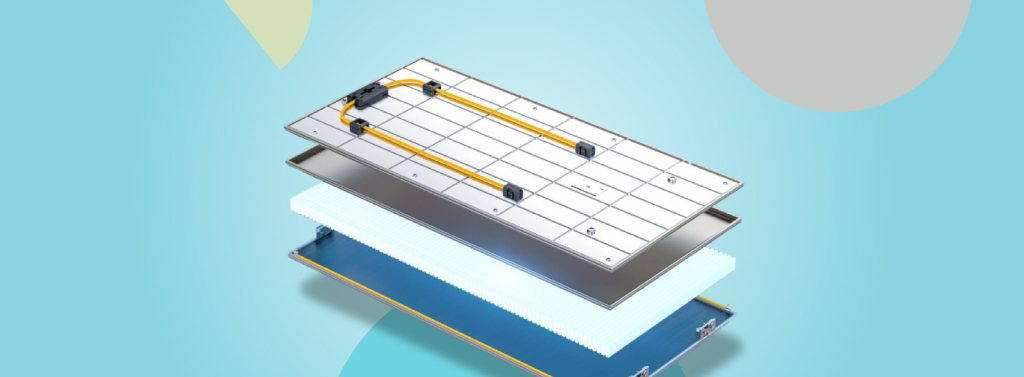-

Exploring Alternative Materials Making EV Batteries Dirt Cheap
Electric vehicle batteries, or EV batteries, are increasingly available in the market. These are replacing traditional internal combustion engines, focusing on enhancing specific energy, cycle life, and efficiency. As per IEA reports, The need for electric vehicle (EV) batteries increased by 40% from 2022 to 2023, reaching over 750 GWh. This demand is higher in…
-

Top 10 EV Battery Manufacturers Dominating the Market
Introduction The adoption of electric vehicles soars, with new electric car registrations totaling 1.4 million in 2023 in the US alone, an increase of more than 40% compared to 2022. EV battery manufacturers design and build specialized batteries for use in electric vehicles. These batteries directly impact consumer adoption, as they determine an EV’s performance,…
-

Understanding Combustion Phenomena and Thermal Runaway in Lithium-ion Batteries
Lithium-ion batteries have gained a significant presence among large-format batteries. They are extensively used in airplanes, electric vehicles, and energy storage systems. However, there are risks of thermal runaway in lithium-ion batteries along with combustion phenomena, just like the other electrochemical systems batteries. Thermal runaway (TR) is the most dangerous event in a lithium-ion cell.…
-

Cell Balancing in BMS: Understanding Its Importance in Electric Vehicle Battery Packs
The battery management system maintains voltage levels within cell modules during charging and discharging. However, managing such a system is challenging due to the unique qualities of each cell, including capacity, temperature, state of charge (SoC), and other attributes. Even a small fluctuation can result in low voltage, subpar battery performance, and a shorter lifespan. …
-

Eco-Friendly Future of EV Battery Tech: Will Lithium-Sulfur Replace Lithium-ion?
While Lithium-ion batteries (LIBs) have been a popular choice for electric vehicles (EVs), their limitations are driving the search for better solutions in the EV battery segment. Rising costs, concerns about raw material availability, and a desire for even higher performance are mainly driving this exploration of alternative battery chemistries and systems. One promising alternative…
-

Optimal Cell Balancing in BMS: Reviewing Key Techniques for Battery Optimization
Introduction The concept of cell balancing in battery management systems (BMS) ensures that the energy distribution among the cells is balanced, allowing a greater percentage of the battery’s energy to be recovered. This is especially important for long battery strings that are used in scenarios that frequently require recycling. As per Grand View Research estimates, …
-

Environmental Impact of Batteries: Emerging Mitigation Approaches
Introduction Against the dangers of climate change, batteries power our clean energy dreams. But at the same time, they come with a hidden environmental cost. It’s time to address this before it undermines our progress. For instance, it is estimated that each kilowatt-hour (kWh) of batteries produced generates between 150 to 200 kilograms of CO2. …
-

Evaluating the Breakthroughs in Wireless Charging Adhering the Future of Electric Vehicles
Electric vehicles (EVs) offer a sustainable alternative to traditional gasoline-powered vehicles. Building on this eco-friendly innovation, Wireless charging has emerged as a promising technology. It seeks to eliminate the need for physical connectors and cables. As per recent statistics, the global wireless electric vehicle charging market size was USD 16.5 million in 2020 and is…
-

Electric Vehicle Landscape in 2024: Assessing China’s Influence, US Policies, and Challenges in Europe
As we stand on the precipice of a new era in transportation, the global electric vehicle landscape is undergoing a seismic shift. The EV industry is not just about the vehicles themselves but also the intricate ecosystem of technology, policy, and innovation that supports them. When it comes to electric vehicle patents and production, China,…
-

Powering the Future with Responsibility: Advancing Sustainable Battery Sources
With lithium-ion batteries playing a crucial role in various applications, there’s a strong push for more sustainable battery options. Materials like cobalt and nickel in these batteries can harm the environment and are becoming harder to procure. Battery demand is set to rise by approximately 30%, reaching nearly 4,500 gigawatt-hours (GWh) annually by 2030. Initiatives…